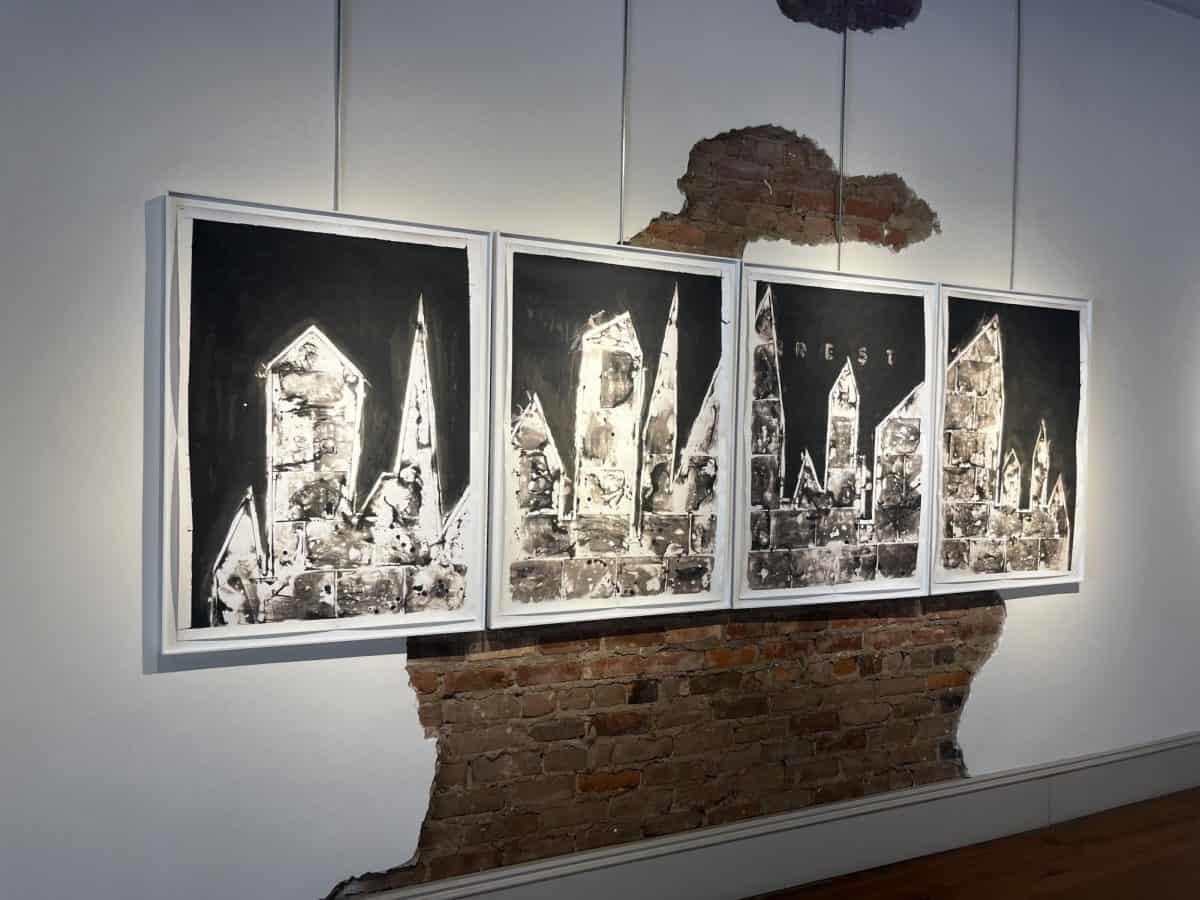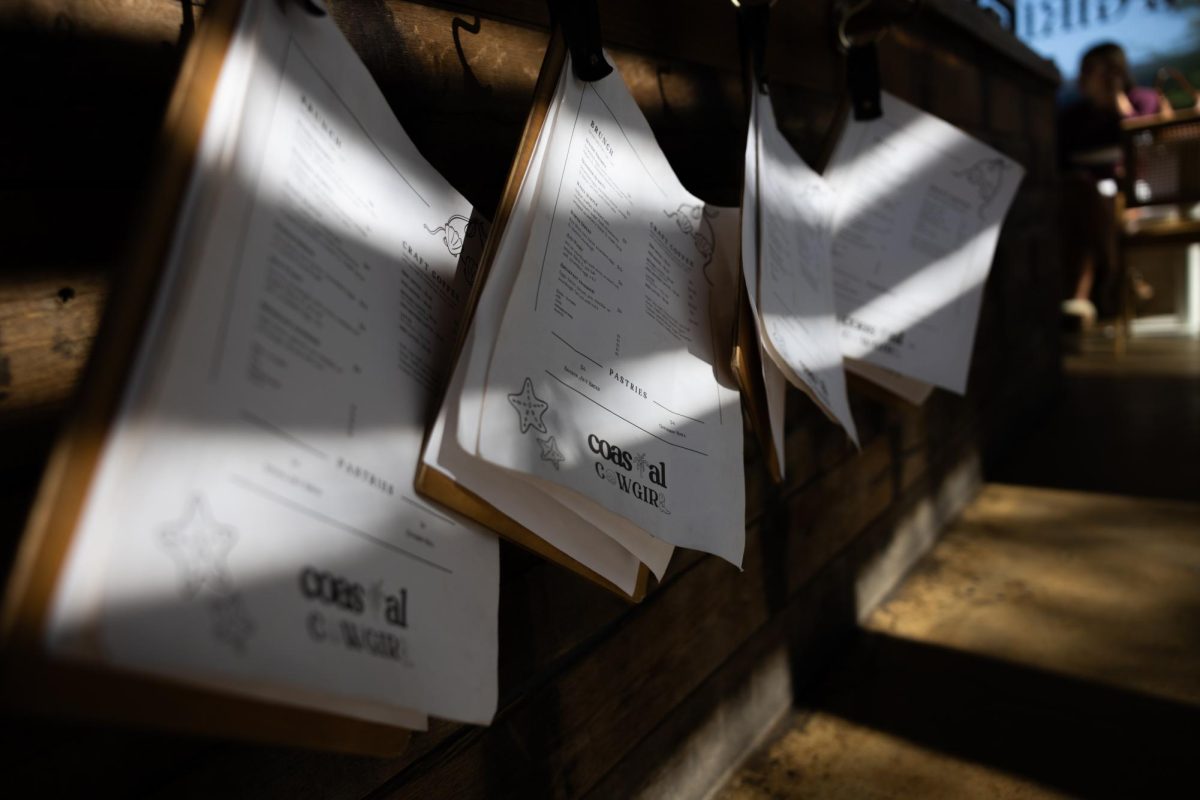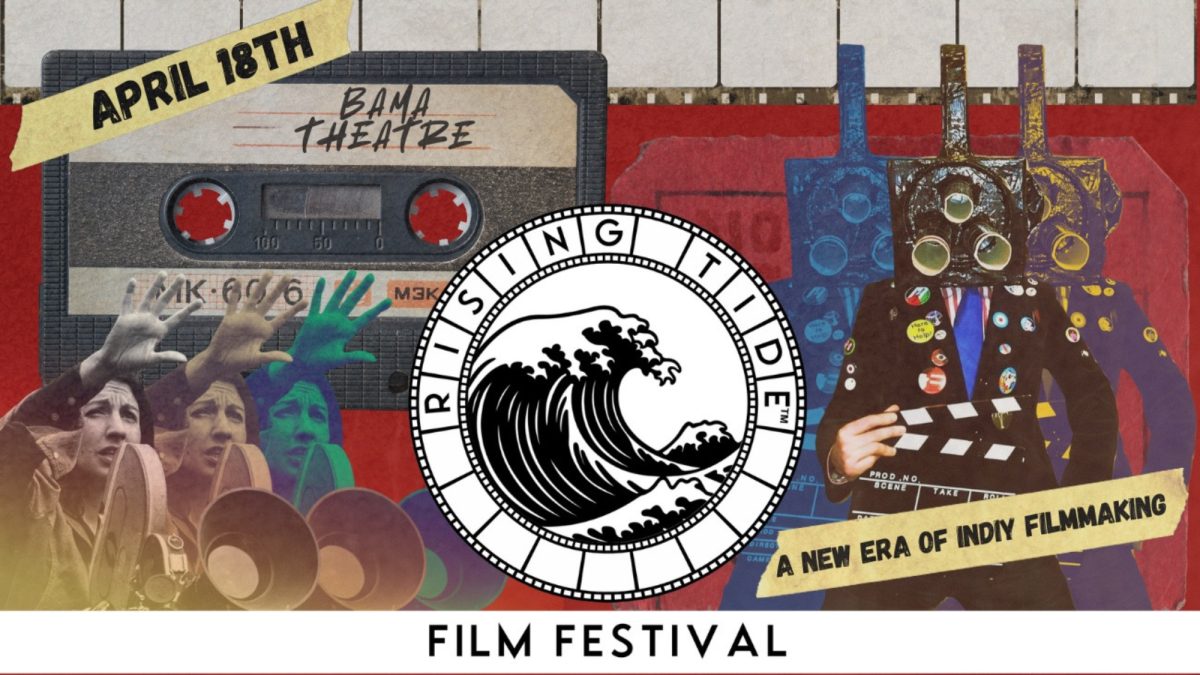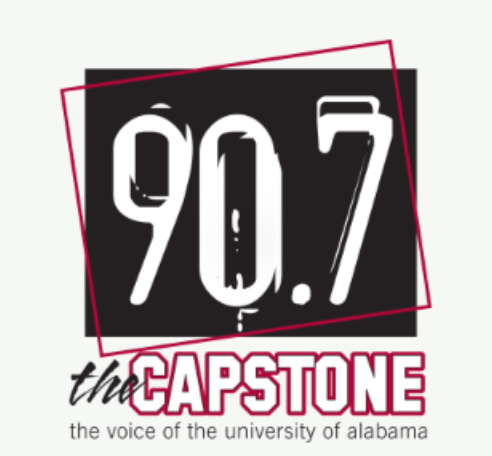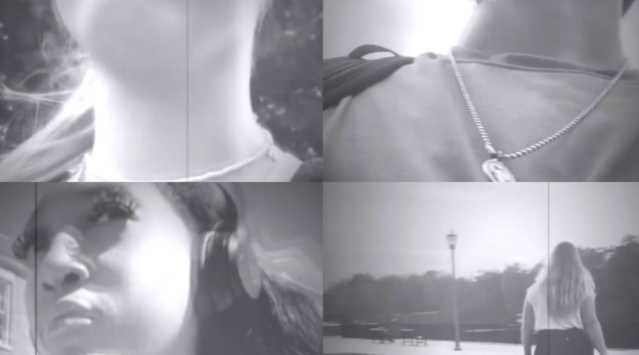“SHELTER” was a photographic exhibition at the University of Alabama Gallery that ran from Aug. 2 to Sept. 27. The exhibition was the work of Will Jacks, a professor at Troy University recently named one of 12 visual art fellows for 2025 by the Alabama State Council of the Arts. It gave visitors a view of photography with a unique twist.
Originally from Mississippi, Jacks started his career in freelance photography, taking pictures for a range of clients from local T-ball teams all the way up to the New York Times. After almost 20 years, he pivoted into education and took on two teaching jobs, one at the University of Mississippi and one with Delta State University.
“It kind of happened serendipitously,” Jacks said. “I knew then that I really enjoyed teaching. I recognized quickly that it was going to be the next step in my life, my career.”
Just over three years later, Jacks is now an assistant professor of photography, art and design, as well as the director of the Huo Bao Zhu Gallery, where he juggles teaching art with creating art.
The “SHELTER” exhibition is a culmination of years spent creating and experimenting in the studio. In 2019, Jacks published a book of traditional documentary-style photography. However, his more recent work holds little resemblance to conventional photography, as his style has evolved greatly over the years.
“What I always admired about that was the way those artists refused to stay in the same place,” Jacks said about style development. “They were constantly pushing themselves to grow and understand.”
Though based in the darkroom using typical printing chemicals, the techniques employed in “SHELTER” deviate greatly from typical methods of photography.
Analogue photography processes dominate the exhibition, yielding final pieces called chemigrams and lumen prints. Selectively applying chemicals to paper while using a variety of tools from tongue depressors to plexiglass, Jacks used daylight to further develop his work, bringing an almost painterly approach to photography.
Inspired by the landscapes of Mississippi, Jacks captured the essence of these scenes with a minimalistic approach — using his memory to take photos without ever picking up a camera.
The result was captivating, and throughout “SHELTER,” each piece revealed a new technique. From shattered glass and painted letters to marbled backdrops and exaggerated drips, a wide variety of stylistic elements kept viewers engaged throughout the exhibition.
While the theme stayed the same from piece to piece, largely motifs of houses and other architectural features, each composition used form and shape in a novel way. Among the most interesting uses was a combination of smooth circles contrasted with a cracked glass effect.
All works in the exhibition were labeled as “Untitled,” but one of the standout pieces had the word “HOSTAGE” spelled out at the top of the print, somewhat serving the role of a label. With block letters written out in a style reminiscent of fingerpainting, this expression capped an abstract black-and-white outline of a home, which when combined with the pale white impression of a handprint allowed viewers to envision multiple different stories and configurations within the work.
“The exhibition was small but interesting,” said Michael Van Horn, a sophomore majoring in political science. “I like how the work wasn’t quite photography or painting, but a mix between the two — it’s really compelling.”
Bridging this gap between conventional photography and printmaking was a theme evident throughout “SHELTER,” and it posed an interesting question even to viewers unfamiliar with photography.
“There’s a lot of photography and photography’s history that’s a very rigid process and a very controlling process,” Jacks said. “I’ve purposefully been thinking a lot about that history and how that history affects all of us, and the way that we understand the world around us, and therefore the way we understand each other. ”



